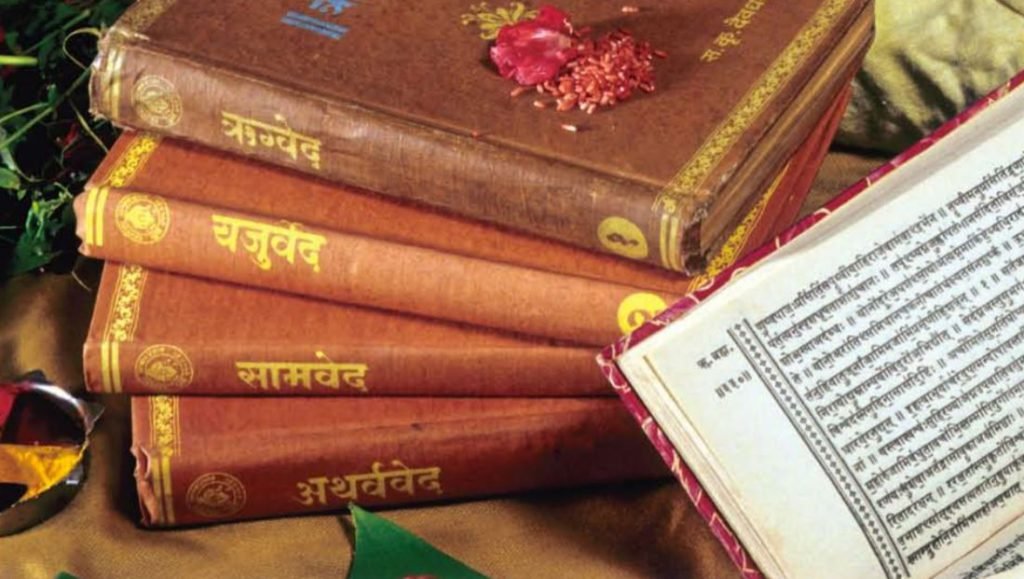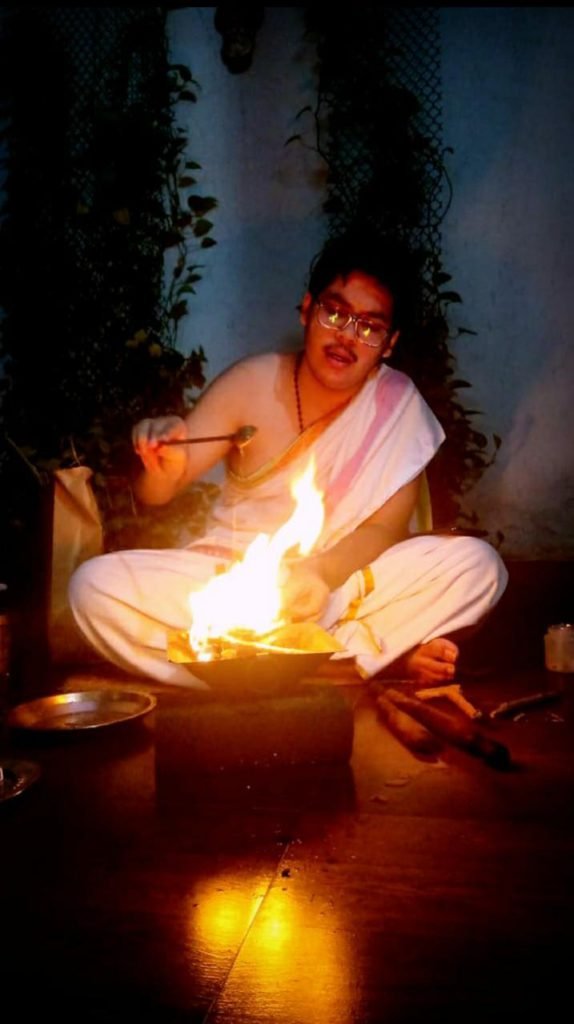The real dharma: a lost religion


The main cause of the decline of our great dharma, is the lack of knowledge, amongst the general folk, about the greatness of our dharma. Now let’s assess what Dharma actually means.
The meaning of the word “Dharma” has tended to change over the centuries. The Sanatana Dharma, is in reality no religion but, a way of healthy living, a path of proper conduct and righteous action. The word “Dharma” literally means “in accordance with Rta (ऋत, The universal truth). Dharma can be transliterated as “duty, rights and conduct”. In Manusmriti, the ten characteristics of Dharma are mentioned, which are as follows-
(Manusmriti Chapter 6, Verse 92)
धृति: क्षमा दमोऽस्तेयं शौचमिन्द्रियनिग्रह:।
धीर्विद्या सत्यमक्रोधो दशकं धर्मलक्षणम्।।
Meaning- Patience, forgiveness, self-Control, non-stealing, purity (internal and external), control over one’s senses, sense of reasoning, knowledge, truthfulness and never to lose temper are the ten characteristics of Dharma.
In the Vaisheshika Darshan, (Chapter 1, Verse 2-यतोऽभ्युदयानिः श्रेयससिद्धिः स धर्मः।।) it is said “That which leads to the aggrandizement and prosperity of everyone and of every kind is the Dharma.” In the course of time, with the advent of the Turks in the thirteenth century, this word started meaning Religion to those who were completely unacquainted with the beliefs and practices of the Indians.
The present-day religious practices of the Indian people have changed a lot since the time of the Vedas and Puranas. Some important rituals have disappeared and new deities have started emerging. The ancient Dharma was very different from the modern “Hindu” practices. The Vedic deities like Agni, Indra, Soma, Savita, etc. have lost their authority. With the coming of the elaborate Puranic mythologies in the second century BCE, Vishnu and Shiva became the principal deities.

There was a significant change in the ritualistic practices. For instance, Sandhyavandanam (worship of the Sun along with Gayatri Upasna), the most important ritualistic practice of the Vedic and Puranic era has napooed over time. This practice of Sandhyavandanam was considered so important that it is said in the Dakshasmriti (Chapter-2, Verse-27: संध्याहीनोऽशुचिर्नित्यमनर्हः सर्वकर्मसु। यदन्यत् कुरुते कर्म न तस्य फलभाग्भवेत्।।), that “those who will not perform Sandhya will be considered impure and will not benefit from any other good deeds.” Another example is the daily Agnihotra ritual, to be performed at sunrise and sunset every day, which also has been lost over time. According to the Maitrayani Upanishad ( Chapter-6, Verse-26: अग्निहोत्रं जुहयात् स्वर्गकामः। ), “the one who performs Agnihotra will abode in heaven.”

Not only this, the Dharma which had no name till now, began to be known as Hindu after the incoming of Persian as well as Arab traders in the subcontinent. As the boundaries of the country stretched till the Indus (Sindhu) river, the Persian traders who were unable to pronounce ‘sa’ sound began calling the land beyond the river as Hind (a mispronunciation of Sindh) and the people living there as Hindu.
There was also a gradual change in the main Philosophy of Sanatana Dharma, where idols began replacing Yagnya Rituals and Polytheism replaced the monotheistic view. According to the Rigveda, (Mandala-1, Sukta-164, Mantra-46: एकं सद्विप्रा बहुधा वदन्ति) “The meritorious call the same power with different names.” A contradiction to this is found in the Matsyapurana (आदित्यं गणनाथं च देवीं रुद्रं च केशवम्। पञ्चदैवत्यमित्युक्तं सर्वकर्मसु पूजयेत्।।) which says that “Aditya(The Sun),Ganesh, Devi, Rudra(Shiva) and Keshava(Vishnu), should be worshipped in every auspicious occasion.” This indicates the Polytheistic practice.

The modern religion has adopted many ostentatious practices and dogmatic characteristics. It is no longer the same dharma as mentioned in the Vedas. The class-divide, sati-practices and other such beliefs and ideologies find no mention in the Vedas. There is mention in the Manusmriti (Chapter-6, Verse-66: समः सर्वेषु भूतेषु न लिङ्गं धर्मकारणम्।।) that “Equality amongst all creatures is the cause of dharma, and not the wearing of sacred symbols.” The Dharma which preached unity, togetherness and cohesiveness (Rigveda Mandal-10, Sukta-191, Mantra-3: संगच्छध्वं संवदध्वं, सं वो मनांसि जानताम्।देवा भागं यथा पूर्वे, संजानाना उपासते।।), now tends to divide people. This is the main reason of refutation of faith in the current generation.
DISCLAIMER: The author is solely responsible for the views expressed in this article. The author carries the responsibility for citing and/or licensing of images utilized within the text.
